Adjust the three elements that must be mastered in espresso extraction. What are Italian coffee beans?
Guide reading
We seldom drink espresso Espresso, but the American coffee and all kinds of milk coffee we drink can not avoid espresso. Baristas are also well aware that the quality of espresso will directly affect the espresso drinks we drink. In this barista training note, we will share what you need to know to extract an espresso.
Three elements?
The previous article on Qianjie has also analyzed that there are as many as six factors that affect the flavor of a cup of espresso. How can it be reduced to three at once? Don't worry, the three elements mentioned in this article are the factors that we can control by ourselves, namely, powder volume, liquid output and time.
Do not underestimate these three elements, often you can not extract the ideal espresso is defeated by the understanding of these three elements. First of all, we start from our extraction purpose, we hope that the extracted espresso has the characteristics of strong and mellow, rich and delicate oil, so take this as the goal to extract espresso.
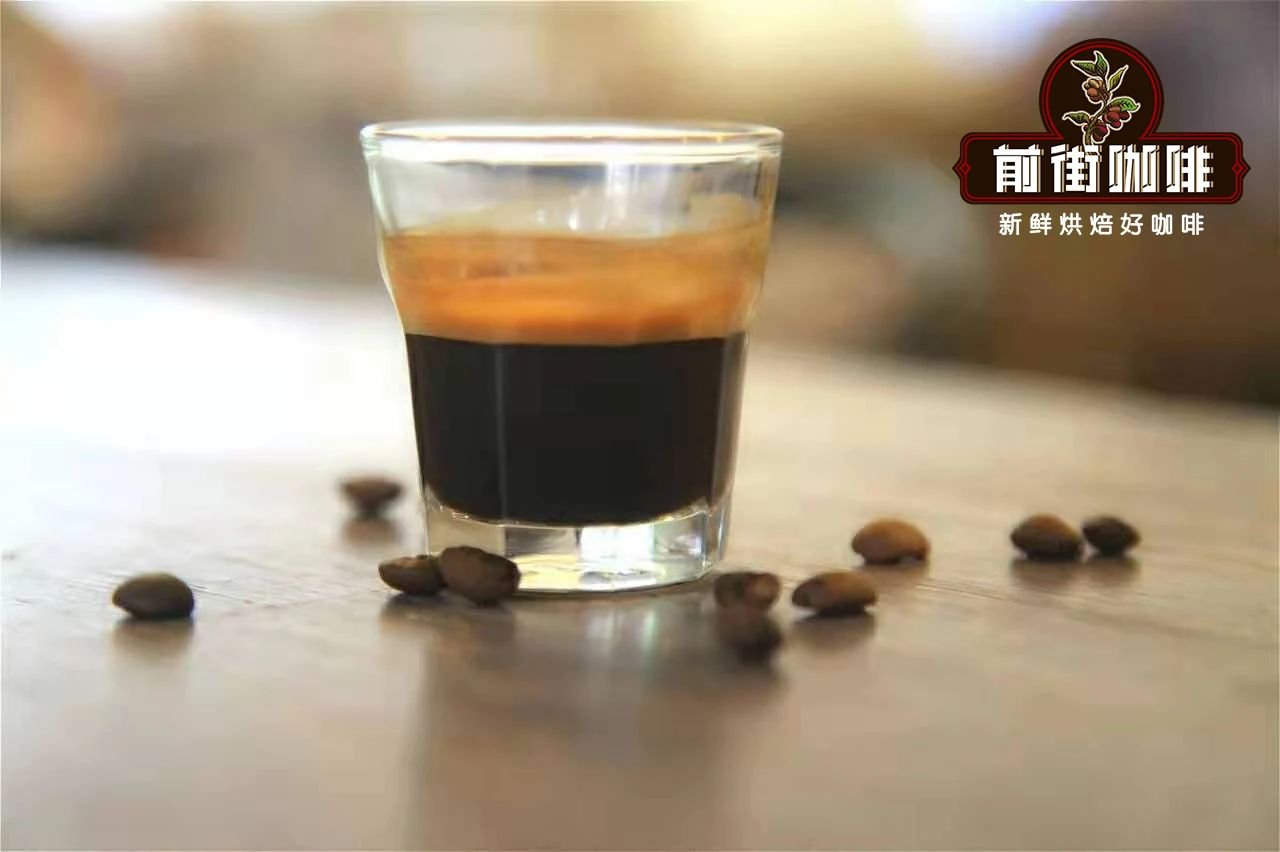
Powder quantity
Why talk about the amount of powder in the first place? Because this is an element with a relatively fixed value. How much coffee powder is filled depends on how much coffee powder can be contained in the powder bowl of the brewing handle. So how do you know how much coffee powder the coffee powder bowl can hold?
First, you can look for the model engraved on the coffee powder bowl and find out the details of the model on the official website. Second, there is a circle of concave loop inside the coffee powder bowl. after filling and pressing, the surface of coffee pressed powder represents "reasonable capacity" within the range of the loop. If you fill the coffee pressed powder above the ring line, then you may not even be able to buckle the handle on the brewing head, if it is lower than the ring line, it may cause the powder to tumble during brewing, resulting in an unpleasant flavor.
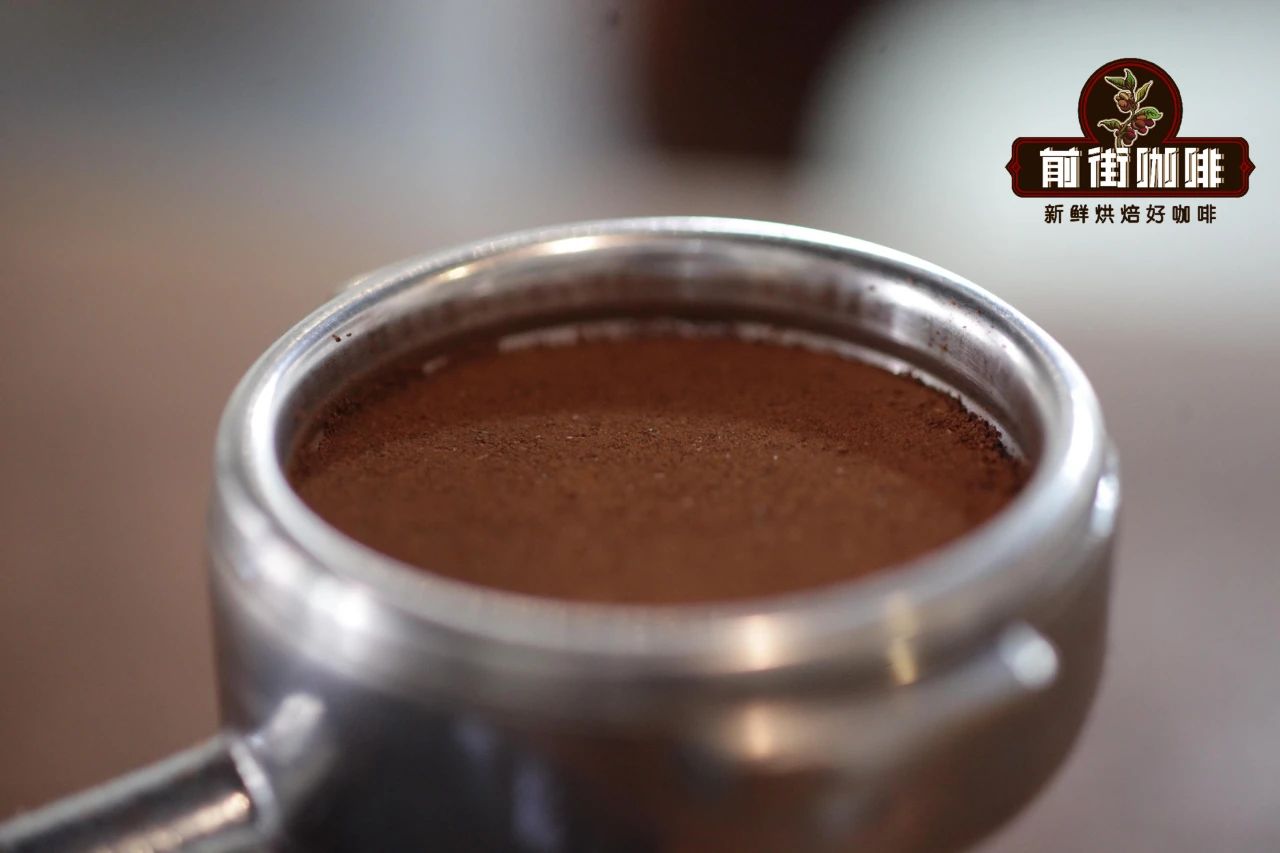
For example, if Qianjie chooses to fill 19 grams of coffee powder as the standard, then each extraction should keep 19 grams of coffee powder (accurate to 0.1 grams).
Liquid output
That is, how many grams of espresso liquid is extracted. In the case of determining the amount of powder, the ratio of powder to liquid is derived from the amount of liquid. In the past, volume measurements were used to make espresso (milliliters or ounces), but weighing measurements (grams) are now widely used in order to be more accurate because the volume and weight of oil are not equal.
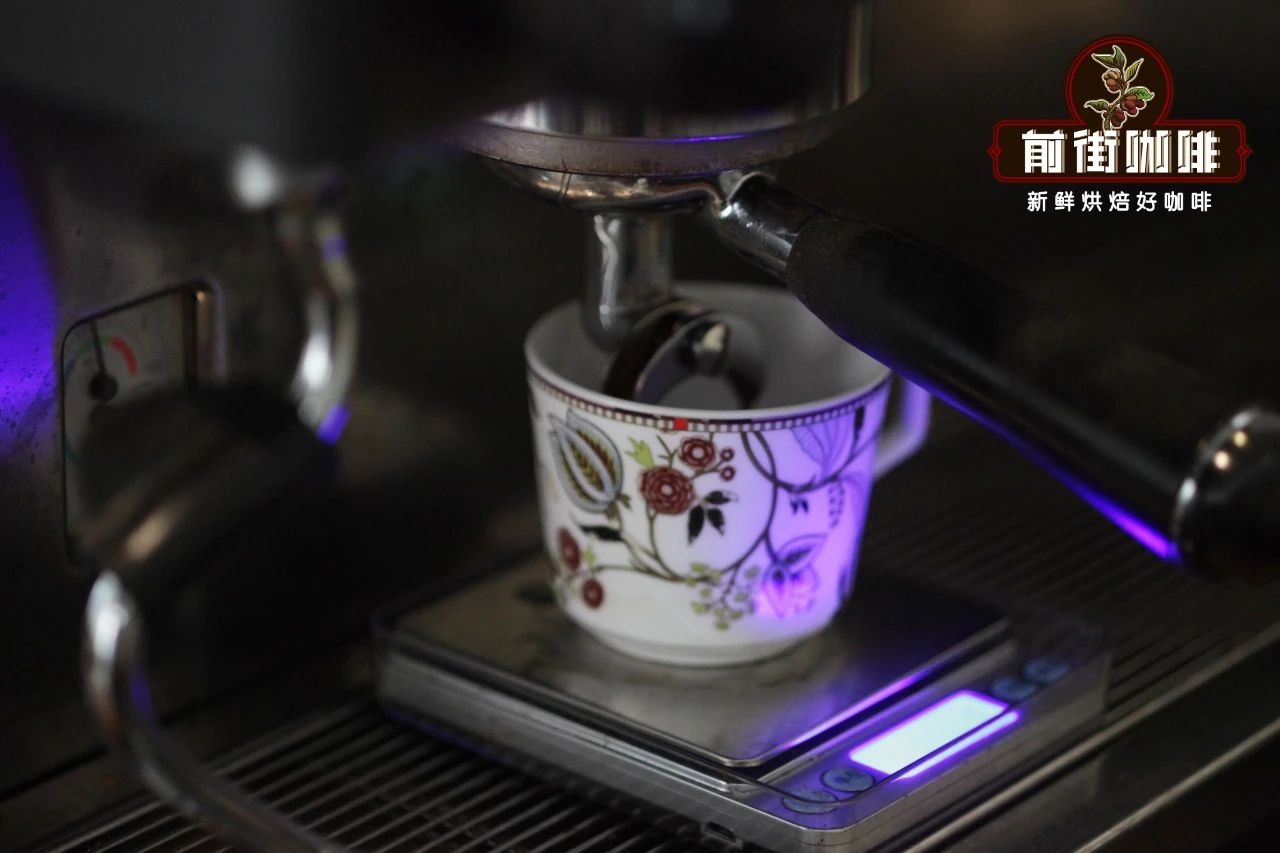
For example, 19 grams of coffee powder extracted 38 grams of espresso, with a powder-to-liquid ratio of 1:2. The proportion is not absolute, it depends on the original flavor. If you extract more coffee, the coffee will appear thinner and more bitter. If you extract less coffee, the coffee will appear to be sticky, full-bodied, more concentrated and incomplete.
In the past, some people have observed the color changes of the oil to determine the amount of liquid. Espresso is dark brown and relatively rich when it comes out of the liquid, and as time goes by, the color changes to golden yellow, and then to light yellow. Generally, the whitening of the oil extraction means the need to end the extraction.
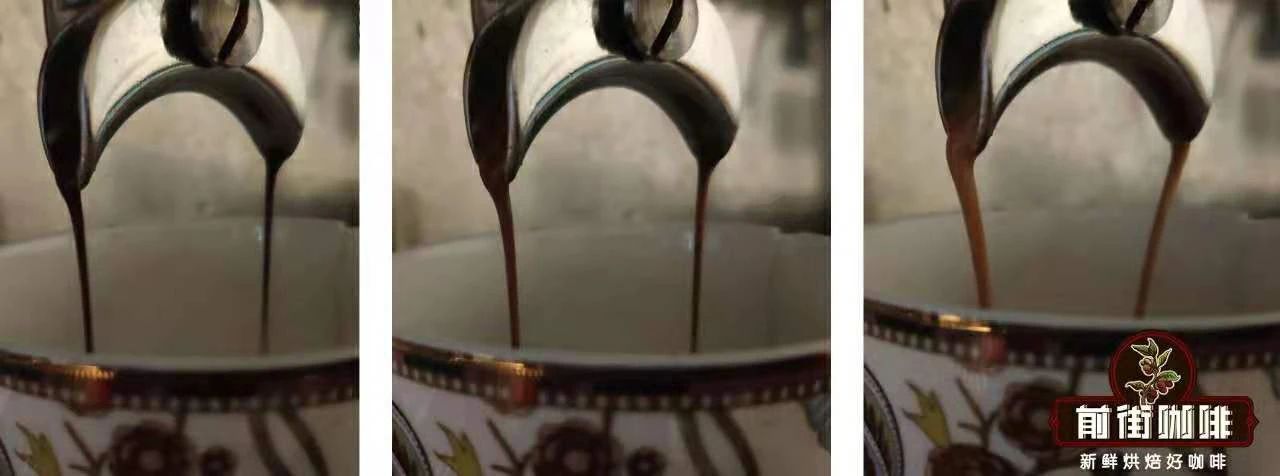
time
This is a very important element in espresso extraction. A factor called "velocity" is derived here. Generally speaking, the extraction time of espresso is between 20 and 30 seconds, while that of Qianjie is more like 25 to 30 seconds. In the case of determining the amount of powder and liquid output, the less the time is, the faster the flow rate is. If the extraction time is less than 20 seconds, there may be insufficient extraction, acidity and thin taste. If the longer the time is, the slower the flow rate is, and if the extraction time is longer than 30 seconds, there may be excessive extraction, scorched bitterness and sticky taste.
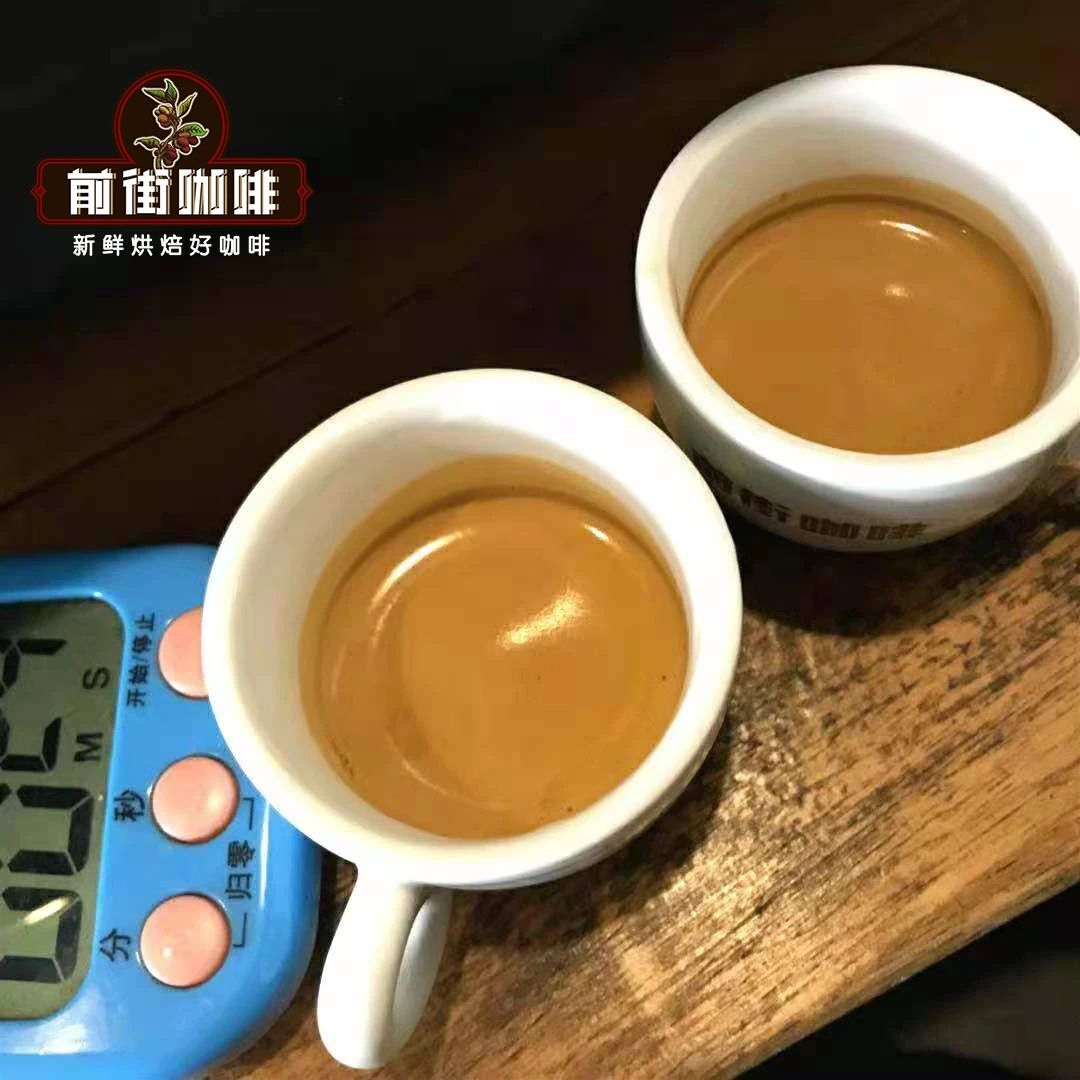
Similarly, in the case of determining the amount of powder and liquid output, the extraction time can only be changed by adjusting the grinding degree of coffee, which leads to the key to the adjustment of Italian formula-grinding degree. If the coffee powder is thickened, the extraction time will be shortened and refined, and the extraction time will be prolonged.
Therefore, when adjusting espresso, nothing more than changing the amount of powder, liquid output, time of these three elements. (idea: determine powder quantity → and then pre-determine liquid quantity 1:2, preset extraction time interval → tasting feedback → by adjusting grinding degree changing time → to reach preset tasting → if there is still a trace of deficiency in tasting →, you can continue to taste qualified → records by adjusting grinding degree or changing powder-to-liquid ratio →)
As for water temperature and pressure, it is equally important for the extraction of espresso, but it is better to keep it fixed when you do not fully grasp the relationship among powder quantity, liquid output and time.
Important Notice :
前街咖啡 FrontStreet Coffee has moved to new addredd:
FrontStreet Coffee Address: 315,Donghua East Road,GuangZhou
Tel:020 38364473
- Prev
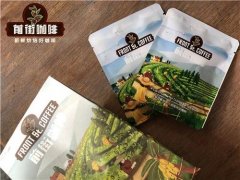
Can I make iced coffee with a hanging-ear coffee bag? How to make a cup of coffee? Characteristics of hanging-ear coffee
Recently, the weather has become muggy, whether indoors or outdoors, a cup of iced coffee is like a summer treasure. Iced coffee is not necessarily available only in coffee shops. A small hanging-ear coffee bag can also get a cup of iced coffee that is cold and cold. First of all, let's talk about the hanging-ear coffee bag. To put it simply, the hanging-ear coffee bag is a super simple version of hand-brewed coffee. structure
- Next
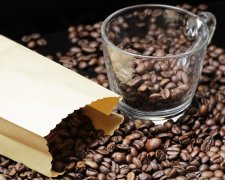
What is the "third wave" of coffee that you often hear? What is boutique coffee?
I believe everyone has heard of the third wave of coffee, and there are many friends who only know its name but do not know its meaning. Then Qianjie will use one article to popularize the third wave of coffee to everyone. Since you want to understand the third wave, it is very necessary to know what happened to the first wave and the second wave. The first wave of coffee: the popularization of coffee the first wave of coffee took place in the second.
Related
- Beginners will see the "Coffee pull flower" guide!
- What is the difference between ice blog purified milk and ordinary milk coffee?
- Why is the Philippines the largest producer of crops in Liberia?
- For coffee extraction, should the fine powder be retained?
- How does extracted espresso fill pressed powder? How much strength does it take to press the powder?
- How to make jasmine cold extract coffee? Is the jasmine + latte good?
- Will this little toy really make the coffee taste better? How does Lily Drip affect coffee extraction?
- Will the action of slapping the filter cup also affect coffee extraction?
- What's the difference between powder-to-water ratio and powder-to-liquid ratio?
- What is the Ethiopian local species? What does it have to do with Heirloom native species?

